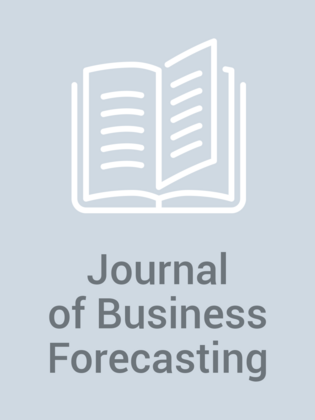Benchmarking Forecasting Processes
BENCHMARKING FORECASTING PROCESSES By Chaman L. Jain, St. John’s University O O ver the last 25 years or so, forecasting practices have changed and changed in a signifi cant way. The perception of business forecasting has changed, and so are the process, methodology and technology to support it. The market dynamic itself has changed, which has changed the way forecasting is practiced. It also has gone through a series of name changes. What started as “forecasting” became “business forecasting,” which then became “sales forecasting,” then “demand planning,” and, most recently, “supply chain forecasting.” It was not so long ago that forecasting was viewed as a voodoo science. No one trusted forecasts. As such, most companies did not prepare forecasts; however, even if forecasts were prepared, they were not used. In 1981, I met a forecaster of a large corporation and asked him how well his forecasts were used. His answer was, “I don’t know. Every month I send my forecasts to various functions but I don’t hear anything back from them.” At that time, forecasting was an unrewarding and thankless job. Statistics was taught in schools, but it was not adequate ...
From Issue:
Winter 2007
(Winter 2007-2008)









